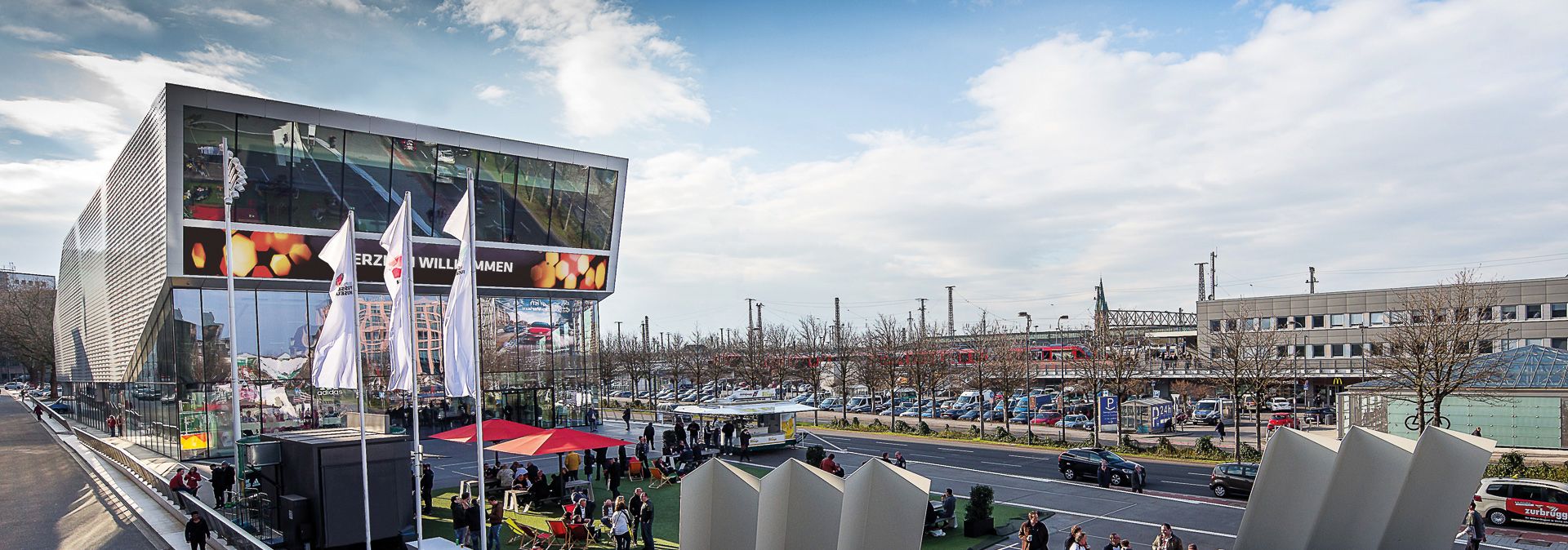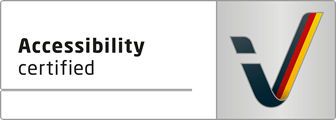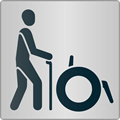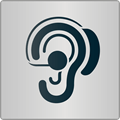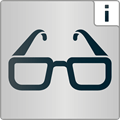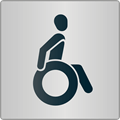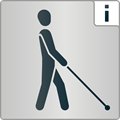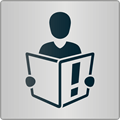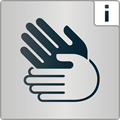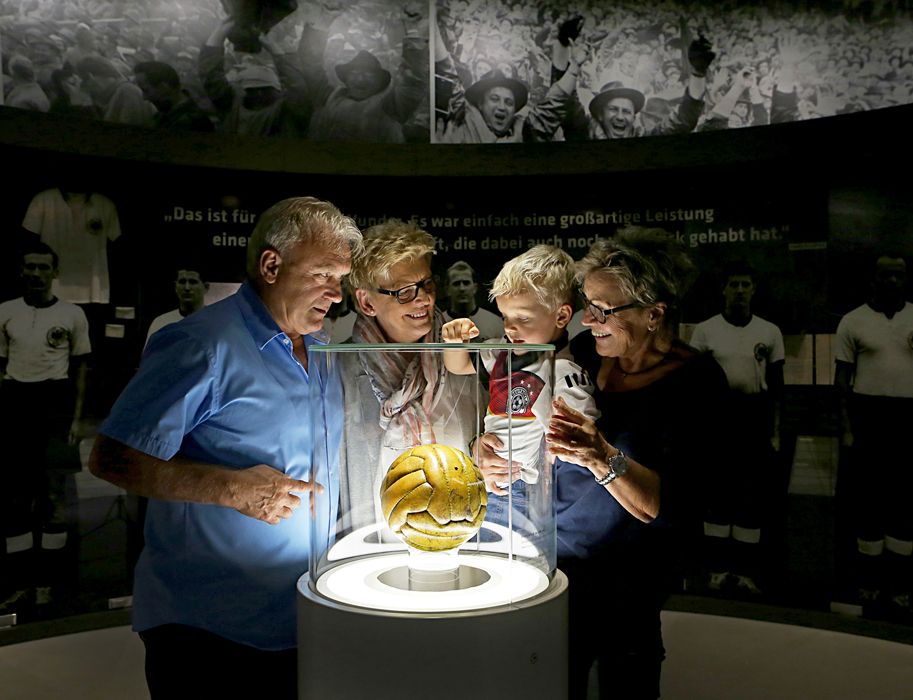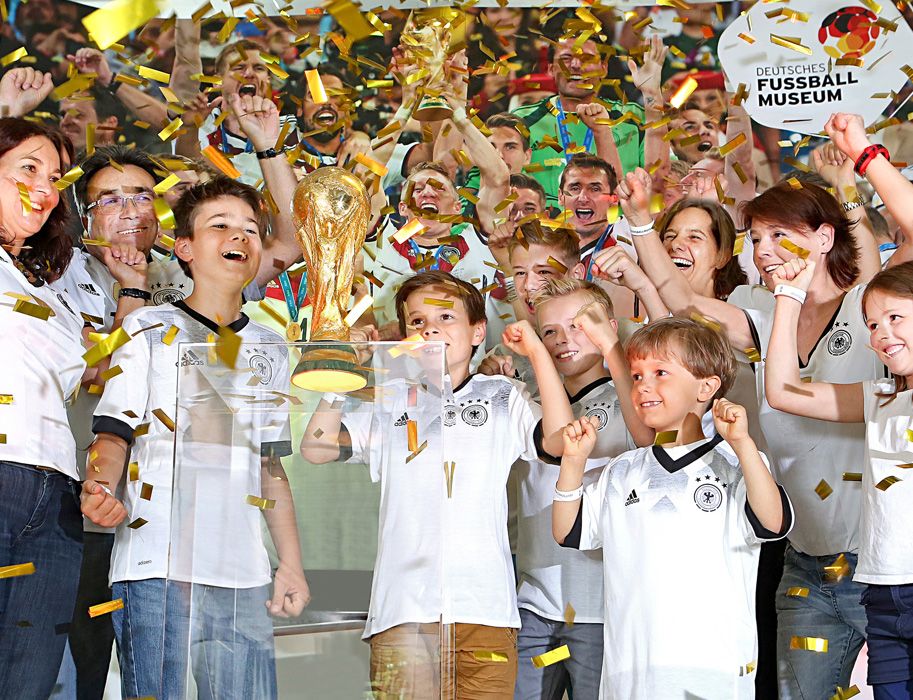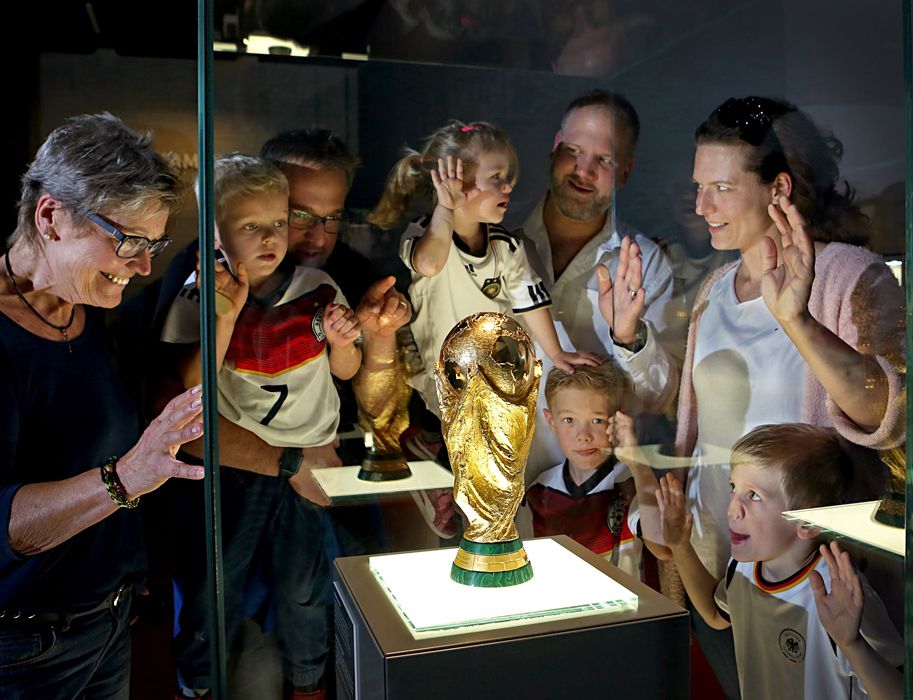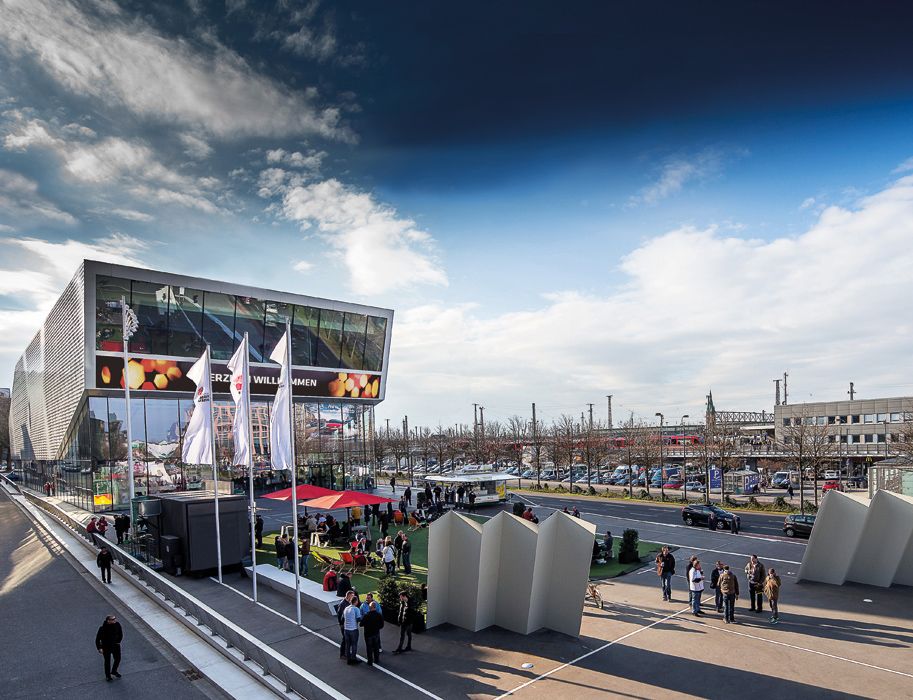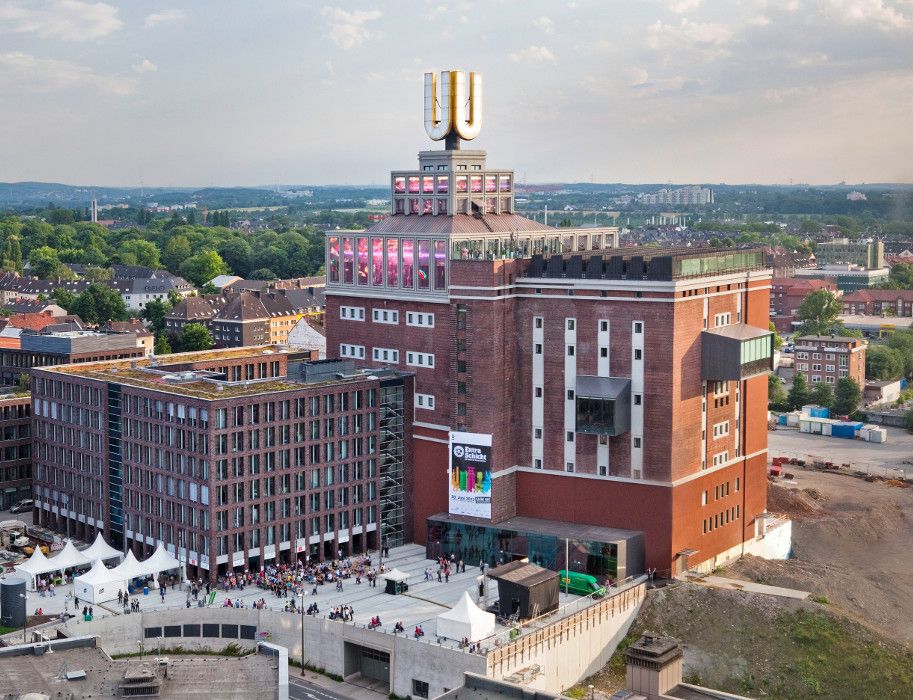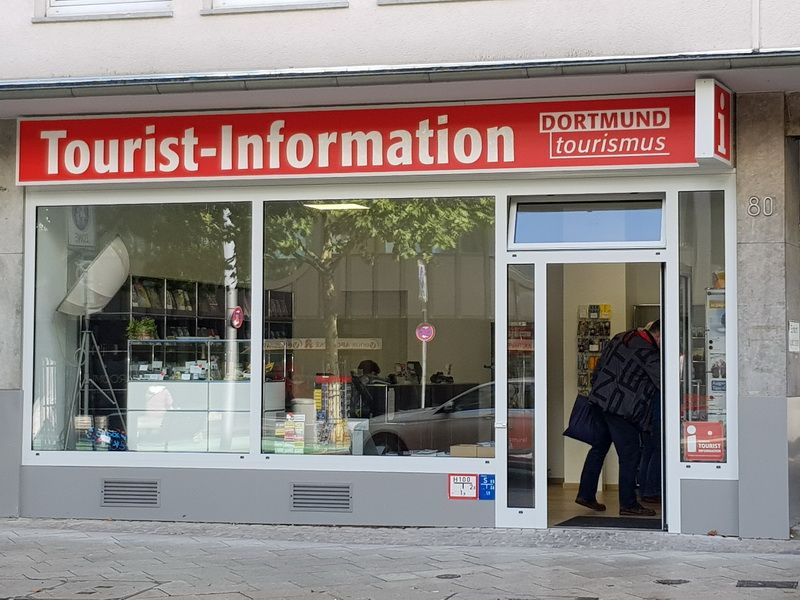When the room lights regularly go out and the large screens light up, it gives you goosebumps. "Rahn shoots", "Özil scores" or "Müller turns on his own axis and...." - the monitors show magical moments of huge celebrations that make it clear why soccer needs a museum.
It has been located in Dortmund since 2015, no more than an hour away from five Bundesliga stadiums. Schalke, Cologne and record champions also venture inside here, right next to the main train station. There are 200,000 visitors a year, with BVB's home match days attracting the most visitors when the visiting fans are in town. The building is not divided into floors, but halves.
Divided into first and second halves
The first is dedicated to the national team. Their victories, their defeats, their history. And that falls far too short. The museum shows more. The treatment of Jewish players during the National Socialist era, for example. It describes the political dimensions of international matches, such as the German-German World Cup match that Sparwasser decided in favor of the GDR team. Or it remembers the player Lutz Eigendorf. His fatal traffic accident, which appears in Stasi documents, is a mystery. Of course, the exhibition also shines in many places, thanks to the stars on the jerseys, the imperial aura of the Beckenbauer display cases and many victory trophies. Incidentally, the trophies of the women's national team fill more exhibition space than those of their male counterparts.
The second half belongs to the club colors, fan culture, reporters' voices and other accessories - Christoph Daum's balloon-silk trainer jacket, for example, which was once stolen property. All in all, it is also a kind of cultural history that the museum presents in many facets - and in a very entertaining way. So the exhibition organizers are not at all surprised when it is not the clichéd male fan with a home-color scarf who enters the building, but a well-mixed audience. They can also experience the skills of the professionals for themselves: for example, in the lying position of Klaus Fischer with his "goal of the century".
After the end of the second half, there is a stoppage time, the pitch on the first floor. This is no longer about soccer history, immortal heroes and sports politics: here the ball simply has to go in the goal.
